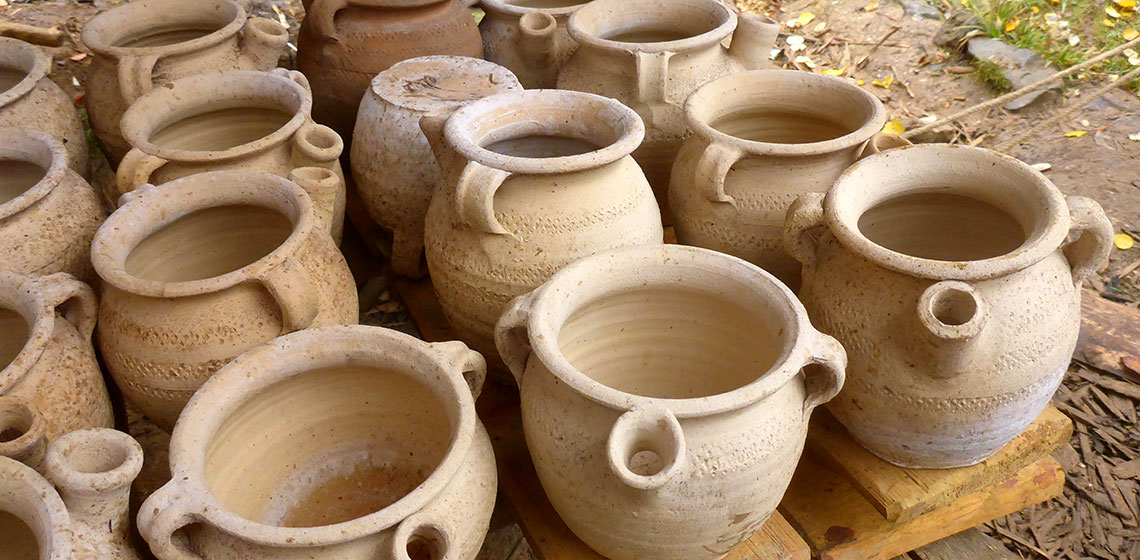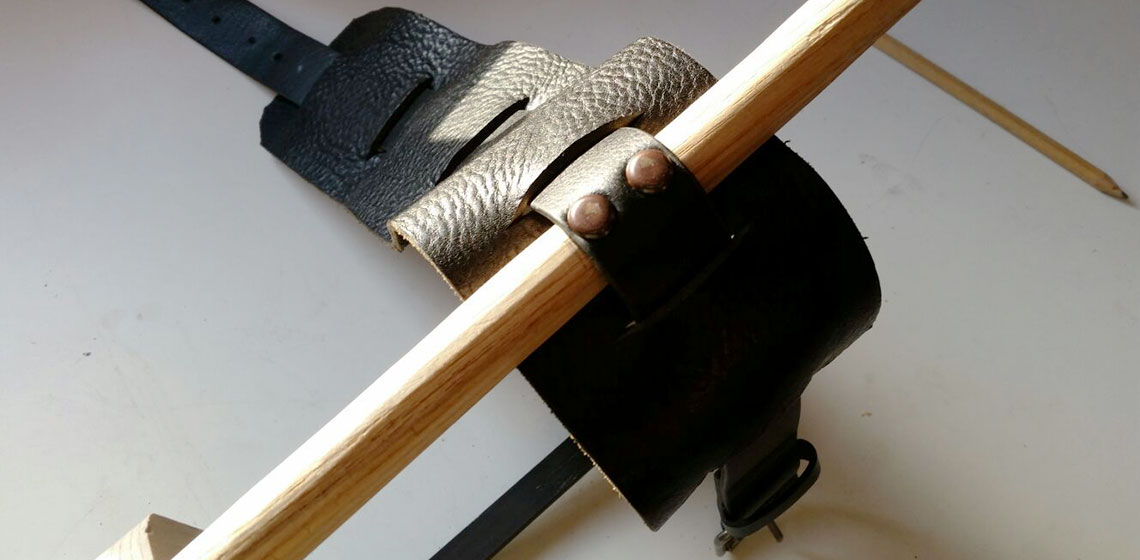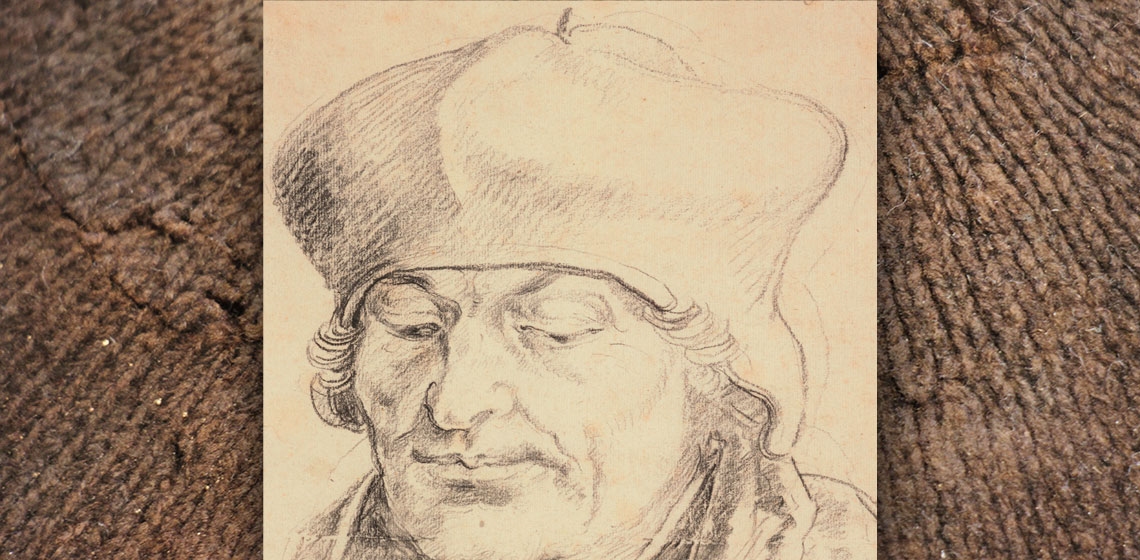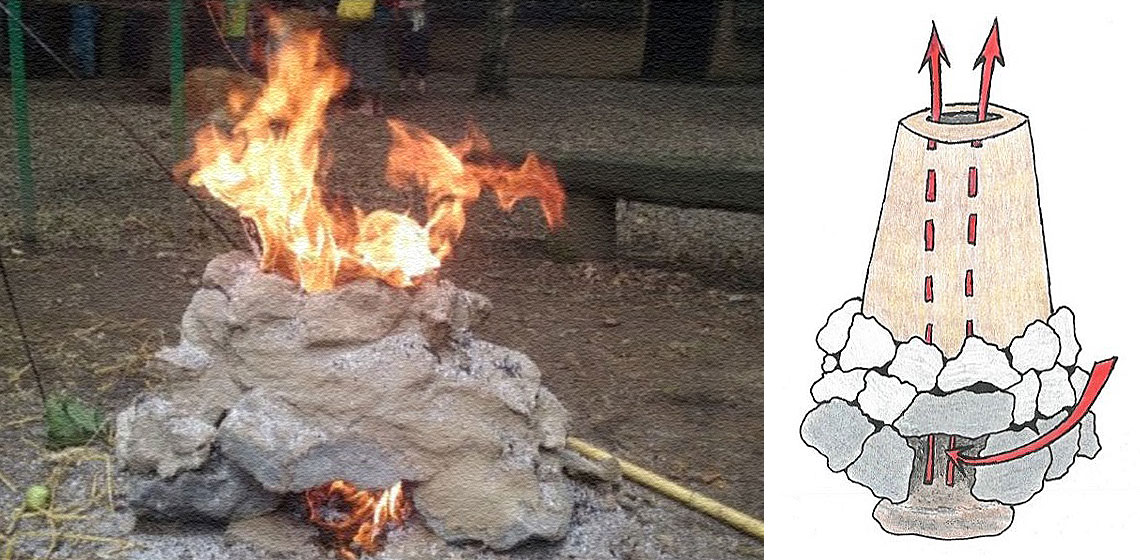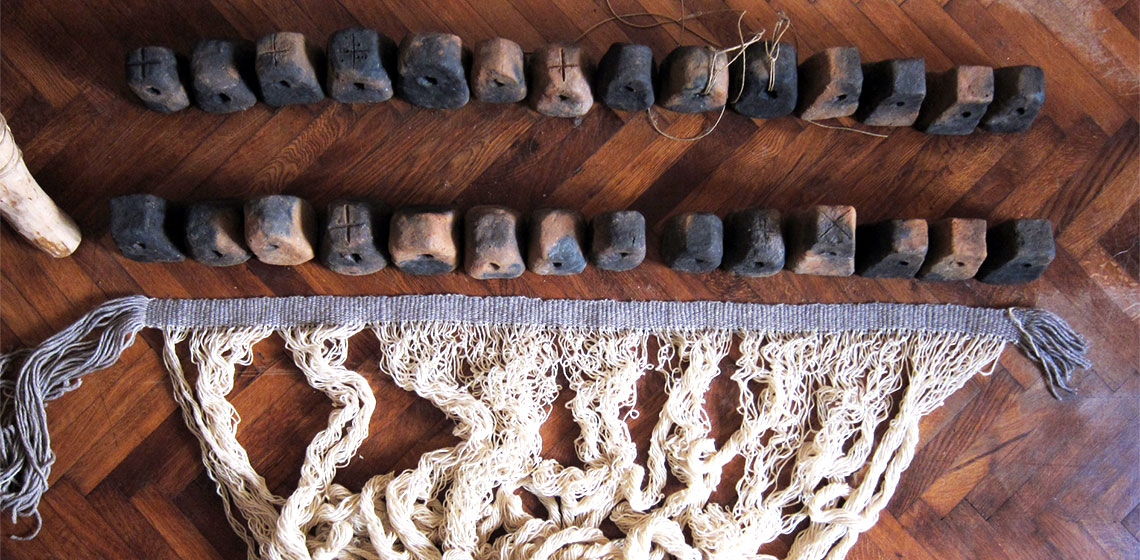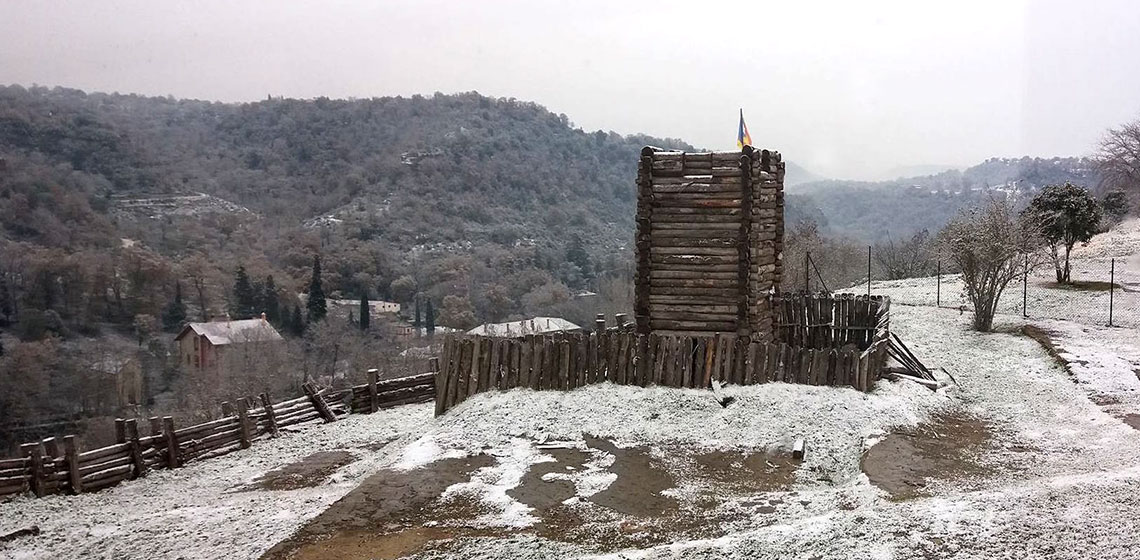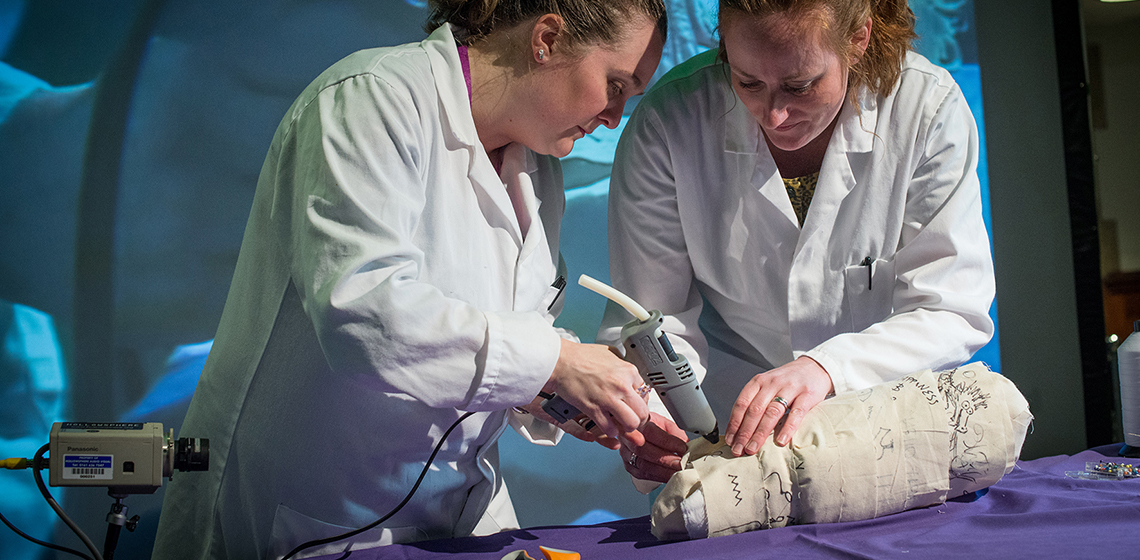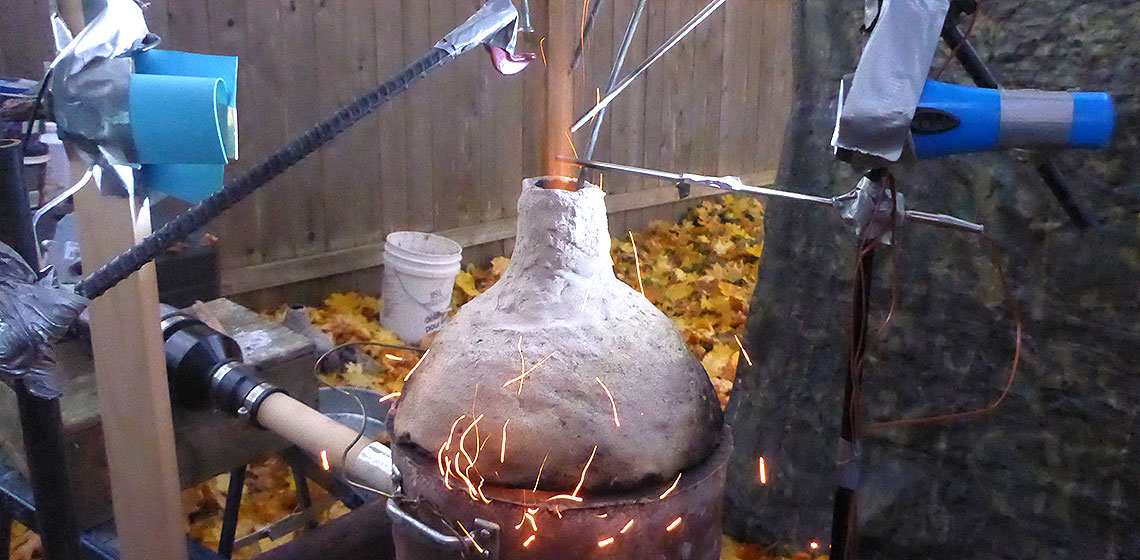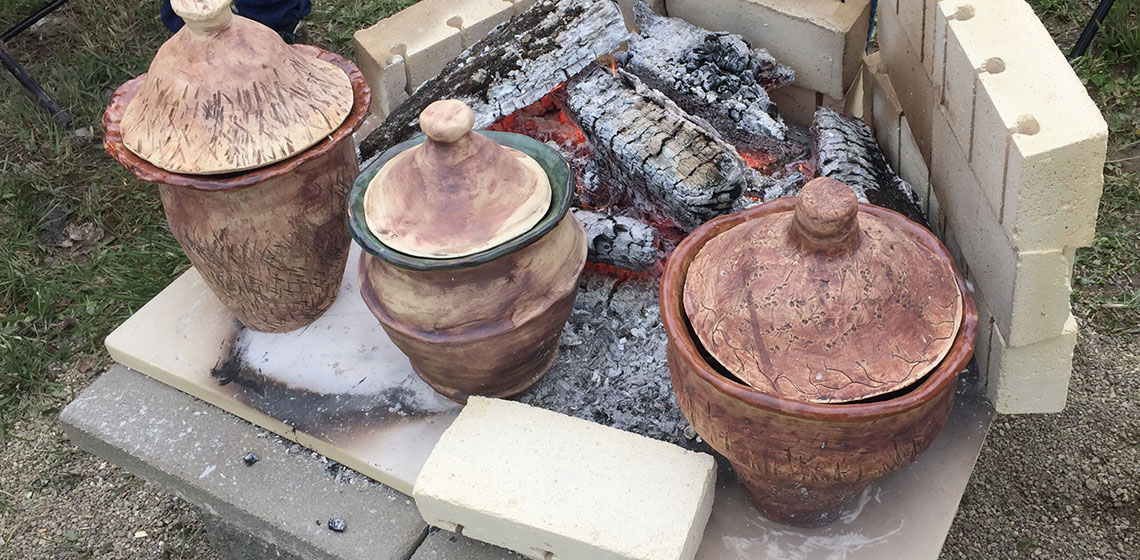
The 10th International Experimental Archaeology Conference (held in April 2017) was hosted jointly by EXARC and Material Culture Studies, Leiden University (NL). The conference two days with 125 delegates, followed by an excursion to Eindhoven and Vlaardingen. Presenters published their papers in the EXARC Journal. A review of the conference is also available, click here to view.

